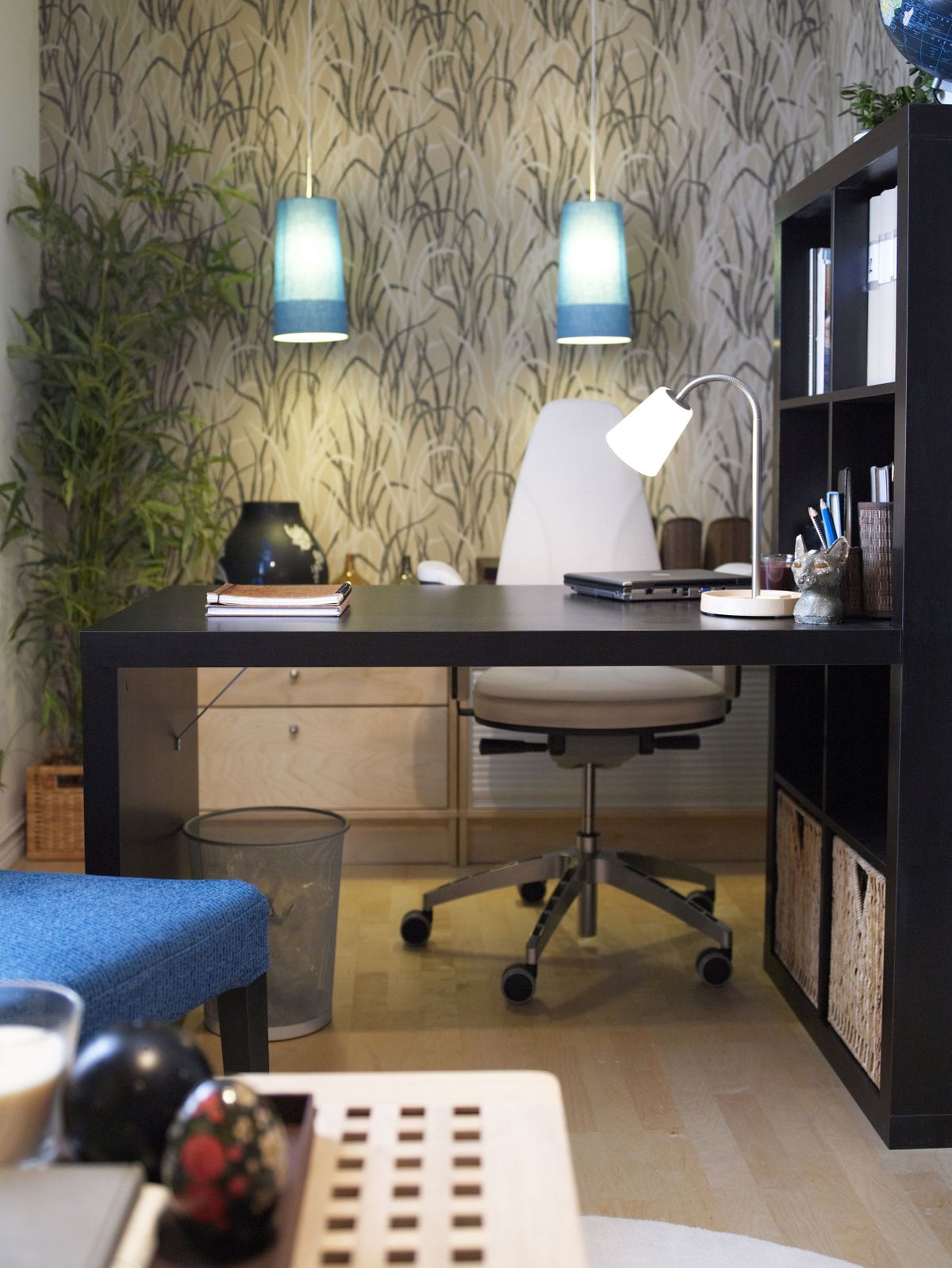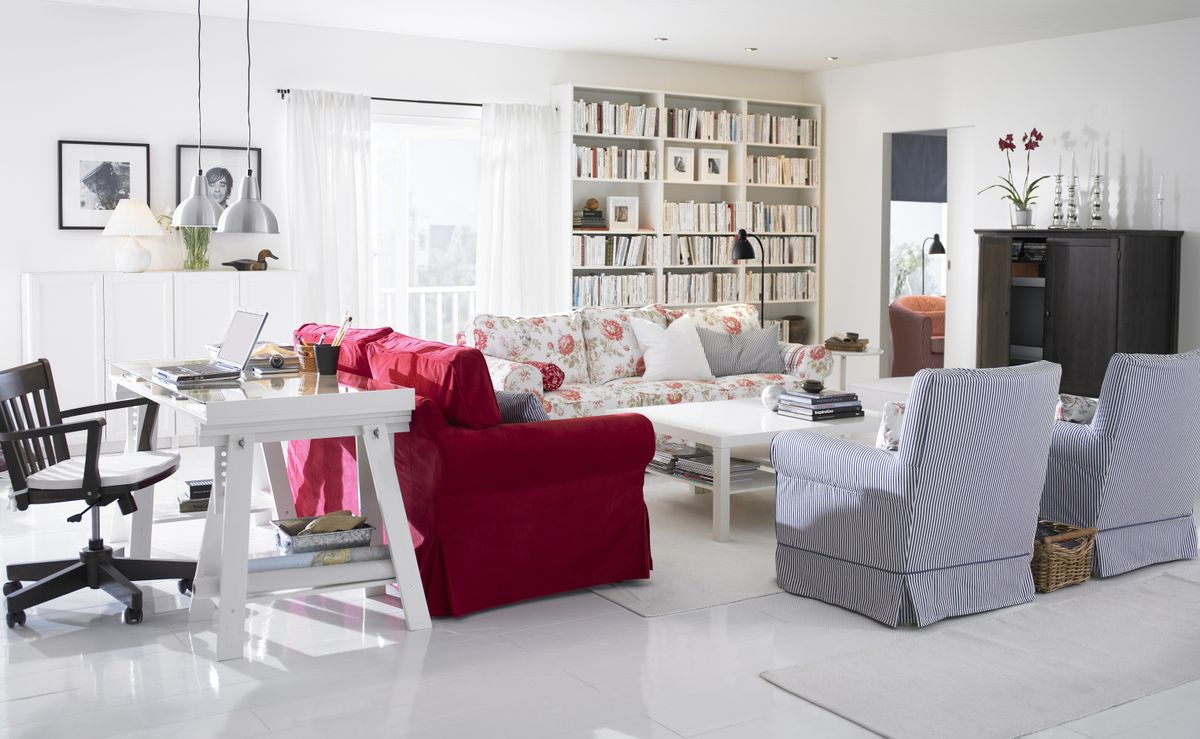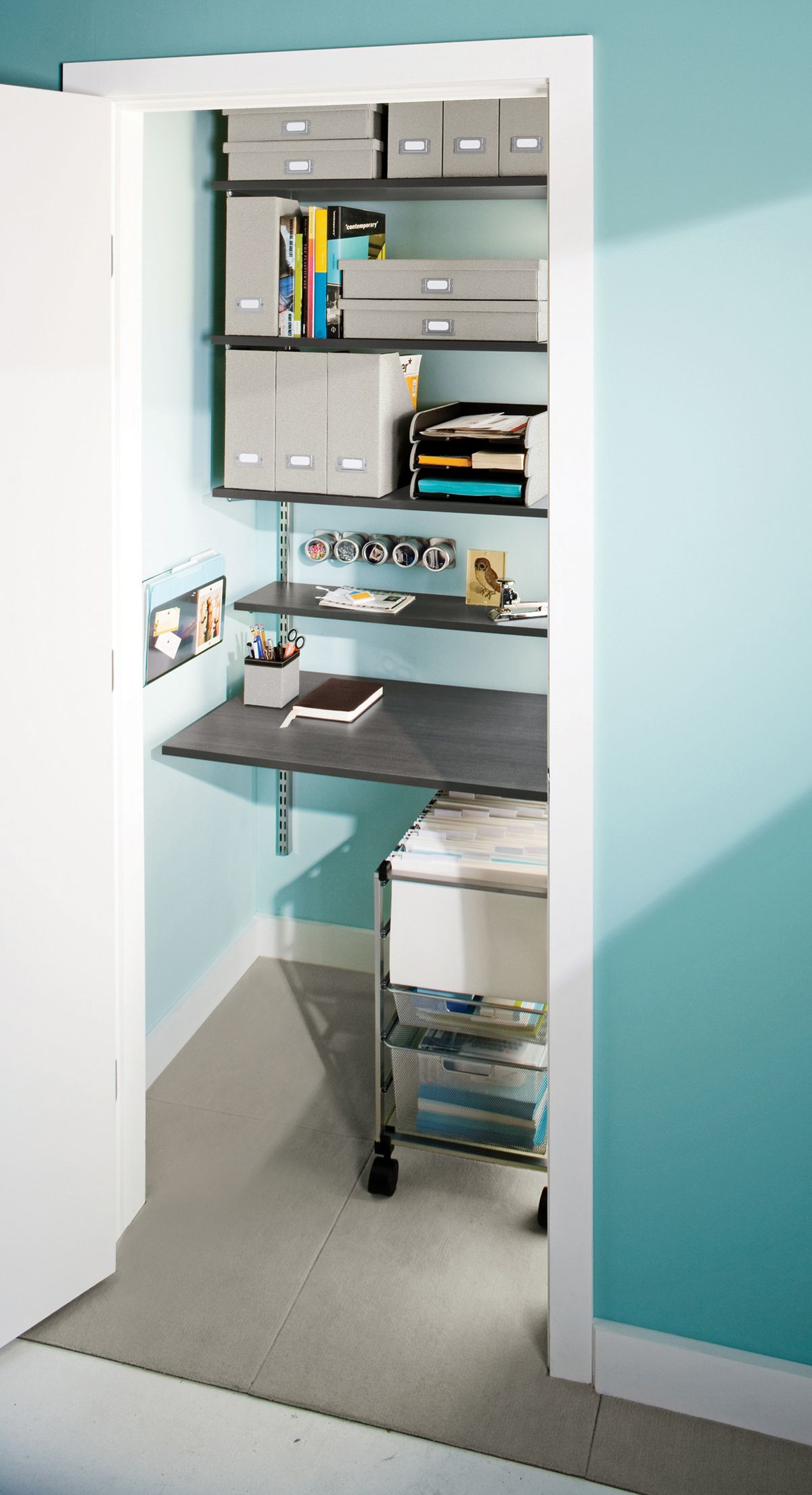Office space
There are many ways to create a home office without adding a room
No spare room for an office? Consider converting a closet into one like this suggestion from the Container Store. Container Store (Container Store / The Spokesman-Review)
More than 20 million people work from home at least once a week, according to the latest figures from the Bureau of Labor Statistics. Wireless technology has made this easy at a time when a struggling economy has forced many people to spend more time at home.
If you work at home full-time, or just require a place to sort mail, pay bills and check your e-mail, having a dedicated space to get the job done is essential.
“Even if people are downsizing, they want a room for an office. People who didn’t have a computer 10 years ago have them now,” says Nancy Itteilag, a real estate agent with Long & Foster in Washington, D.C.
Tim Burch, the president of Burch Builders Group in Warrenton, Va., says almost every home his company builds includes an office. In older homes, remodeling jobs have included conversions of loft spaces, rooms over the garage, basements, spare bedrooms and even dining rooms into places where homeowners can park their computers.
“More and more people need a home base,” adds Arlington, Va., designer Melissa Broffman, “and that little communication center in the kitchen is not going to cut it.”
For a time, the typical home office was a built-in desk area in the kitchen. Once on everyone’s renovation wish list, the kitchen desk is falling out of favor, experts say. The spaces end up being too small and easily cluttered.
“You’re always going to find a need for a calendar or computer in the kitchen, but you get so much traffic in there, and it doesn’t always make the kitchen look its best,” Broffman says. “People want to get away and get a quieter environment in which to work.”
But what if you’re short on spare rooms? Look for “an unused pocket of space that can be fitted with shelves, cabinets, (electrical) power and a chair,” says Amy Gardner, a D.C. architect.
She converted a bedroom closet in her Washington apartment into her work space. She removed the clothing rod and installed shelves and a countertop that flips down as needed.
“I just pull up a chair, and I have a home office,” she says.
She also removed the closet door and replaced it with a bookshelf on wheels that’s connected to a ceiling track. When she wants to close up her office, she simply slides the bookshelf in front of it.
(For the non-architects among us, keeping the door works, too. So does installing a curtain rod to hang a pretty panel in place of a door.)
Broffman likes to paint a closet’s interior walls and any installed shelving the same color, or hang wallpaper in the back of the closet for a more custom look. If you’re considering converting your closet, she says, be sure you have a place for files, a phone line if needed, a lamp, electrical outlets and an adequate power supply.
Chris Plantan, founder and owner of Russell+Hazel paper company in Minneapolis, says she and her husband struggled with where to create a home office. They finally decided to use their dining room, but adjustments had to be made.
For example, an old farm table, which they used for dining, had an uneven top that made it unsuitable for writing. Rather than replace the table, they simply put a piece of glass on top, transforming it into a functional desk.
“There are so many ways you can create a home office without having an ‘office,’ ” Plantan says. “Just open up your mind a little.”
Plantan also likes to think beyond boxes for storage, using jars and trays to hold supplies.
For her home, she bought a large leather jewelry box from Pottery Barn and filled it with office supplies. At the Russell+Hazel office, an old glass pastry case from a bakery holds printer paper and other supplies.
Whether you have an entire room, a converted closet or a tiny nook carved out of a corner, the basic essentials for any well-run office are the same, says Peggy Hackett, a professional organizer in the District of Columbia: You need a desk, a comfortable chair, storage, paper and pen, and proper lighting.
“You don’t have to spend a lot,” says Hackett, who suggests looking for what you need at such stores as Staples, Home Depot and Ikea.
For storage, she prefers simple colored boxes because they “allow you to hide your work, to put it away so it’s not out there for people to see.”
Her favorite storage item is a plastic file crate with wheels: “It holds letter and legal hanging files, it’s portable and it’s inexpensive.”
A common mistake people make when setting up a home office area, says Hackett, is to overlook vertical space, where tall bookcases or hanging shelves can provide extra storage.
“People tend to go horizontal instead of vertical, which uses a lot of space and can get junky,” she says. “Using vertical space makes a space look cleaner, neater and less cluttered.”
And as is the case with everything in the home, keeping things uncluttered is key.
“An office space doesn’t have to be large or grand,” says Plantan, “just well-thought-out and organized.
“And make sure your technology works.”


